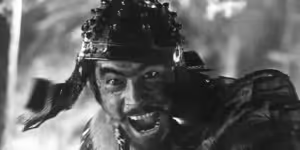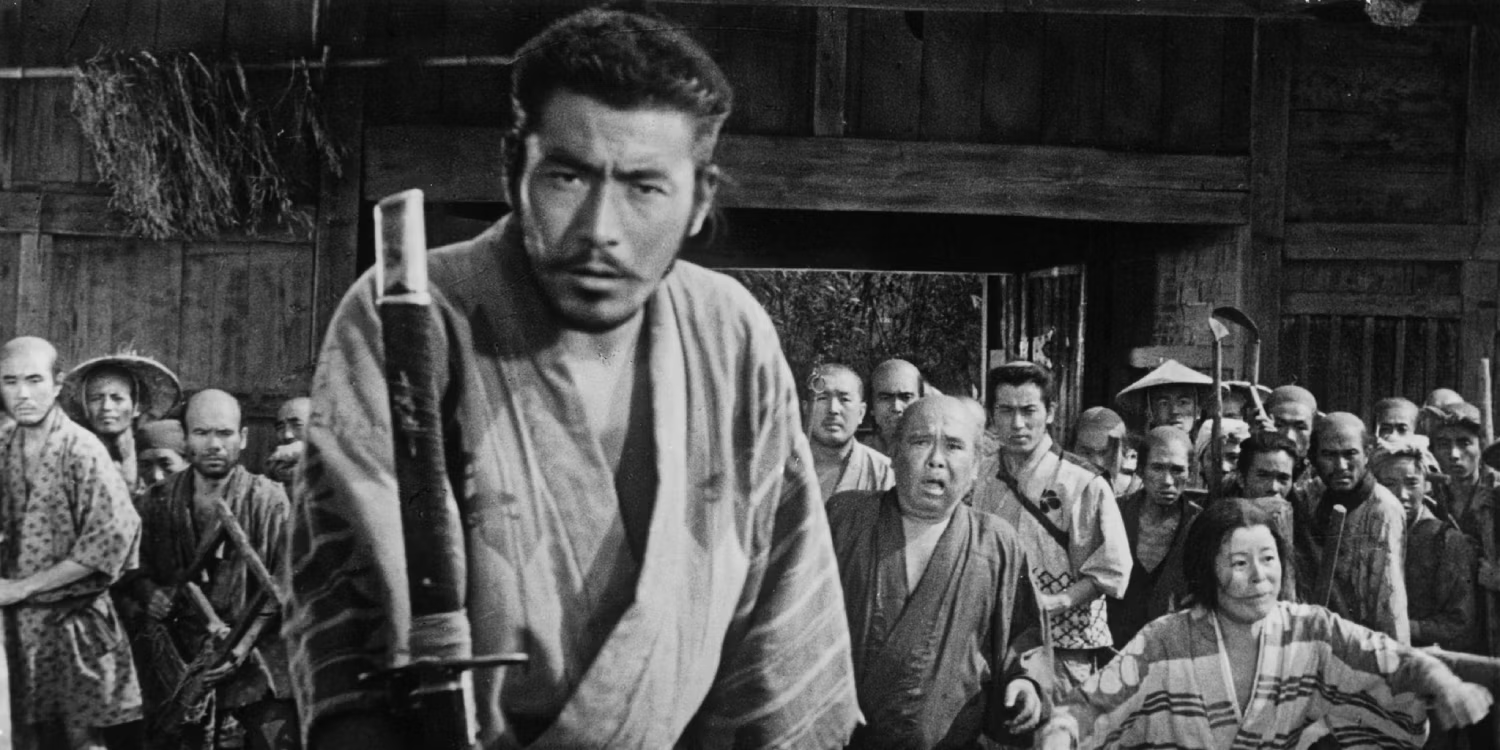Seven Samurai: Redefining Action Films
- By -Maria Mash
- Posted on
- Posted in Japanese Movies
Akira Kurosawa’s “Seven Samurai,” released in 1954, stands as a groundbreaking work in the action genre. This epic film redefined the conventions of action movies with its innovative storytelling, complex characters, and groundbreaking use of action sequences. By blending traditional samurai drama with a fresh narrative approach, “Seven Samurai” has left an indelible mark on the genre, influencing countless filmmakers and shaping the evolution of action cinema.

Innovative Storytelling
“Seven Samurai” revolutionizes the action genre with its intricate narrative structure. The film follows the story of a group of seven ronin (masterless samurai) hired to protect a small village from bandits. What sets this film apart is its detailed character development and the way it integrates action with emotional and moral themes.
Moreover, the film’s length and depth allow for an extensive exploration of each character’s backstory and motivations. This narrative complexity contrasts with the more superficial action films of the era and has inspired a new standard for character-driven storytelling in action movies. For instance, modern films such as “The Magnificent Seven” (a Western remake) and “The Lord of the Rings” series echo this approach by blending rich character development with high-stakes action.
Complex Characterization
The seven samurai in Kurosawa’s film are not merely warriors but deeply flawed and multifaceted individuals. Each character has distinct motivations, weaknesses, and personal struggles, which adds layers of depth to the story. This emphasis on character complexity represents a significant departure from the often one-dimensional heroes of earlier action films.
In addition, contemporary action films frequently adopt this nuanced character approach. Films like “Mad Max: Fury Road” and “John Wick” showcase protagonists with rich backstories and emotional depth. The influence of “Seven Samurai” is evident in how these modern films prioritize character development alongside thrilling action sequences.
Groundbreaking Action Sequences
“Seven Samurai” is renowned for its meticulously choreographed action scenes. The film’s battle sequences are not just visually striking but also serve the narrative and character development. Kurosawa’s innovative use of wide shots and dynamic camera movements enhances the intensity and realism of the action.
Furthermore, the film’s approach to action choreography has had a lasting impact on the genre. The use of large-scale, organized battle scenes set a new benchmark for action films. For instance, films like “Star Wars” and “The Matrix” draw on these techniques to create epic and immersive action sequences. Hence, Kurosawa’s influence is apparent in how modern films balance choreographed action with visual storytelling.
Influence on Global Cinema
The impact of “Seven Samurai” extends far beyond Japanese cinema. The film’s themes, characters, and action techniques have influenced filmmakers around the world. Its structure and storytelling have been adapted and reinterpreted in various genres and cultural contexts.
Moreover, “Seven Samurai” has inspired numerous international adaptations and homages. For example, “The Magnificent Seven,” a Western adaptation, and “A Bug’s Life,” an animated retelling, both draw on the core elements of Kurosawa’s film. Additionally, the principles of ensemble storytelling and heroism seen in “Seven Samurai” are evident in global cinematic trends, demonstrating the film’s universal appeal.
Cinematic Techniques and Innovations
Kurosawa’s use of innovative cinematic techniques in “Seven Samurai” has set a precedent for future action films. The film’s integration of weather elements, such as rain, to enhance the atmosphere and tension of the battle scenes showcases Kurosawa’s creative approach to filmmaking.
Furthermore, the use of dynamic camera angles and editing techniques to convey movement and emotion has become a hallmark of action cinema. Modern films frequently employ similar techniques to heighten the visual impact of their action scenes. Therefore, Kurosawa’s innovations continue to shape the way action films are crafted and experienced.
Cultural Impact and Legacy
“Seven Samurai” has had a profound cultural impact, influencing not only the action genre but also broader cinematic practices. The film’s themes of honor, sacrifice, and teamwork resonate across cultures and have inspired a wide range of artistic and narrative forms.
In addition, the film’s legacy endures in its continued relevance and adaptation. The archetypes and story elements introduced in “Seven Samurai” remain central to many contemporary action films and storytelling practices. Hence, the film’s influence is a testament to its enduring significance and its role in shaping the evolution of action cinema.
Conclusion
In conclusion, Akira Kurosawa’s “Seven Samurai” redefined the action genre with its innovative storytelling, complex characterizations, and groundbreaking action sequences. By setting new standards for narrative depth and visual technique, the film has left a lasting legacy on modern cinema. Its influence extends globally, shaping how action films are crafted and appreciated. “Seven Samurai” remains a seminal work, illustrating the power of cinema to innovate and inspire across generations.



